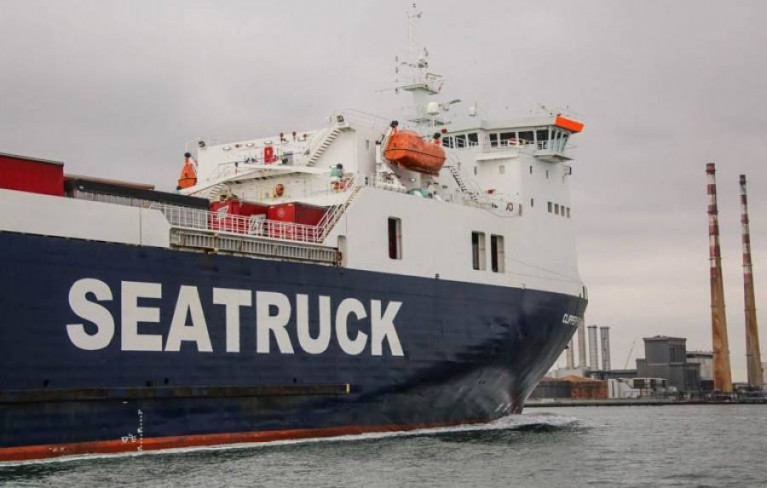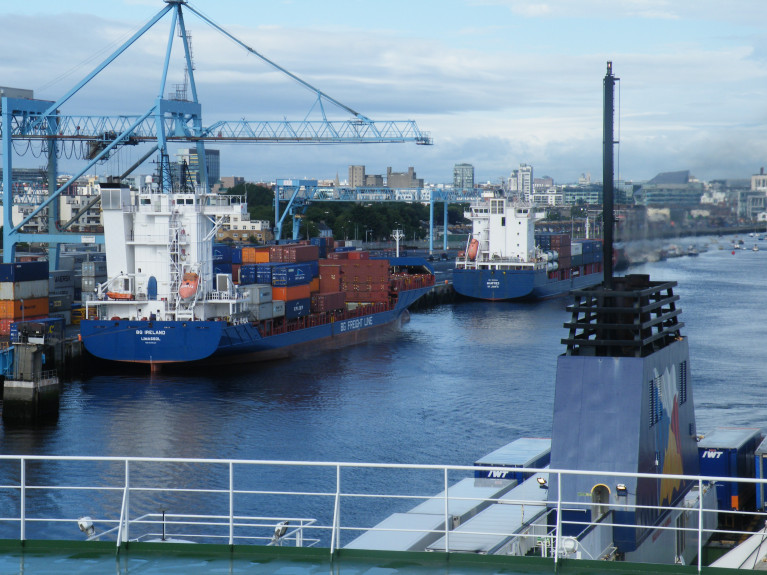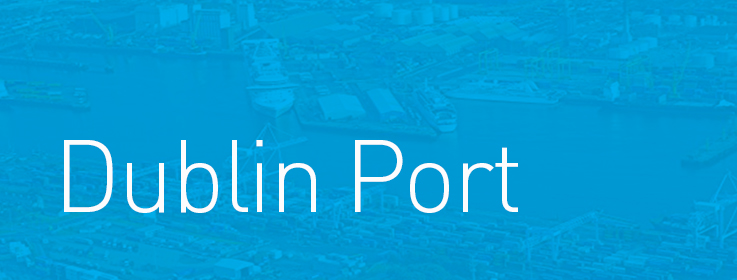
Dublin Port Highlights Stamp Commemorating 1920 Dublin Dockers’ Munitions Strike
25th October 2020 Dublin Port
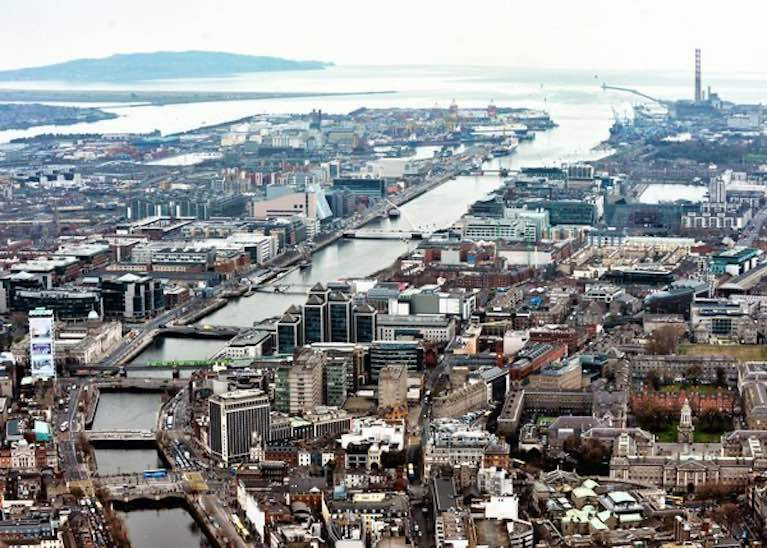
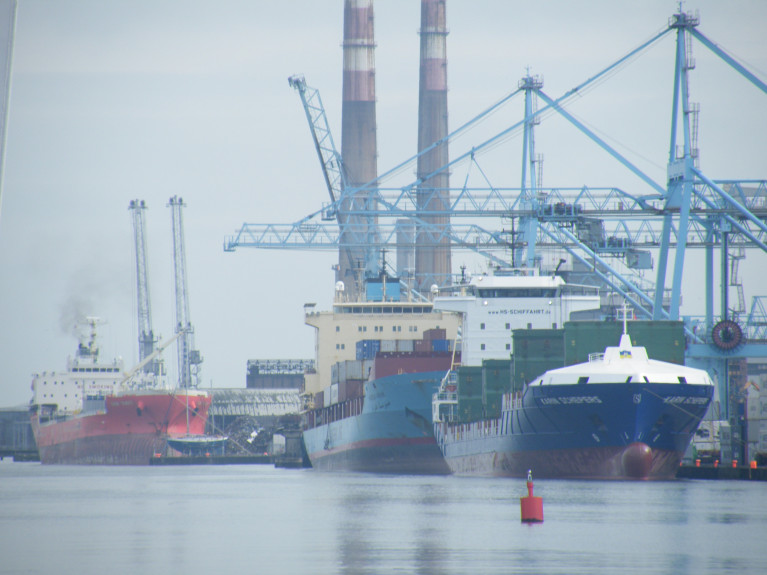
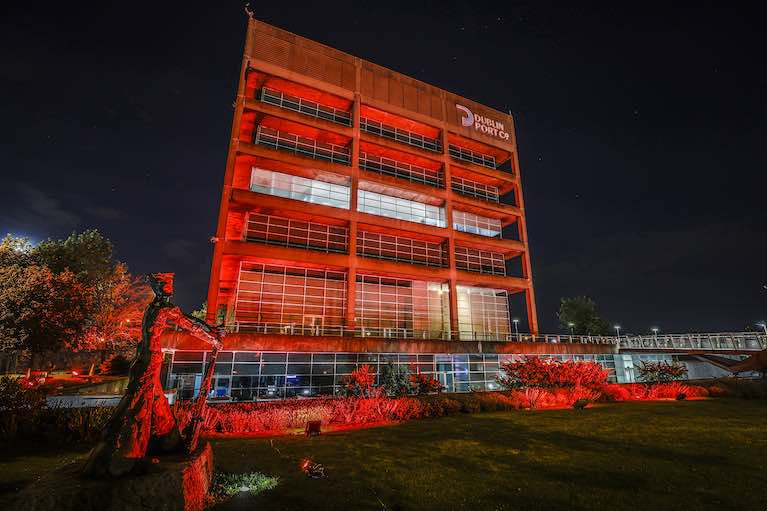
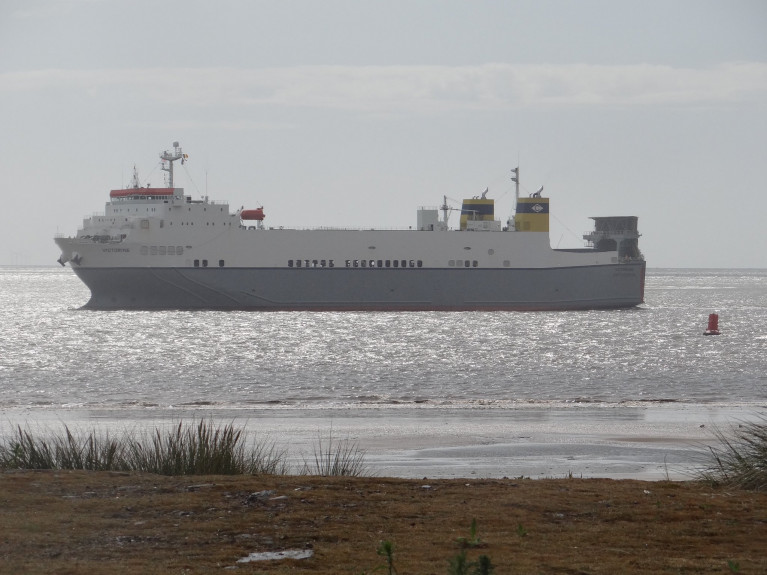
CLdN Celebrate Second Service Linking Iberian Peninsula to Liverpool & Dublin Port
23rd September 2020 Ferry
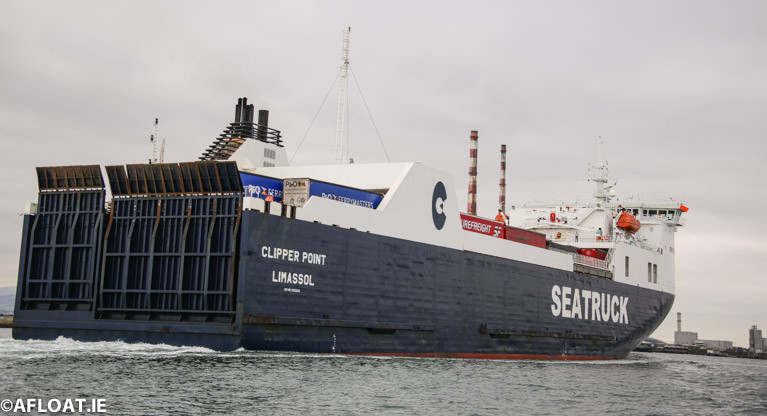

Volumes Down in Dublin Port For First Half of the Year, but Not as Much as Expected
10th July 2020 Dublin Port

Containers: BG Freight Line Introduce Tri-Weekly Dublin-Liverpool Service to Meet Growing Demand
17th June 2020 Dublin Port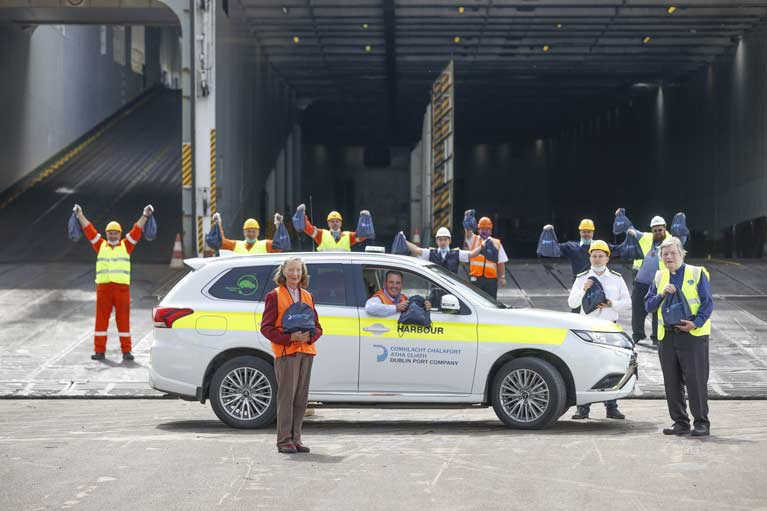

Chinese Heavy-Lift Ship With Straddle-Carriers from Africa Calls to Dublin Port Container Terminal
3rd June 2020 Dublin Port